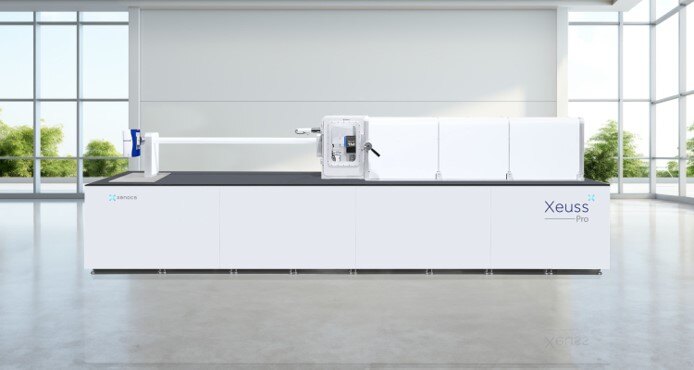Small Angle X‑ray Scattering Products
Small angle X-ray scattering (SAXS) is a technique for studying structural features of colloidal size. It is performed by focusing a low divergence X‑ray beam onto a sample and observing a coherent scattering pattern that arises from electron density inhomogeneities within the sample.
Since the dimensions typically analyzed are much larger than the wavelength of the typical X‑ray used (1.54 Å, for Cu), dimensions from tens to thousands of angstroms can be analyzed within a narrow angular scattering range.
This angular range or pattern is analyzed using the inverse relationship between particle size and scattering angle to distinguish characteristic shape and size features within a given sample.
Products
Rigaku’s SAXS/WAXS partner Xenocs
Xenocs’s solutions based on SAXS/WAXS are used for a wide range of nanoscale structure characterization and related research applications.

Application notes
Explore the example analyses to see which analytical technique is right for you.

Contact Us
Whether you're interested in getting a quote, want a demo, need technical support, or simply have a question, we're here to help.
